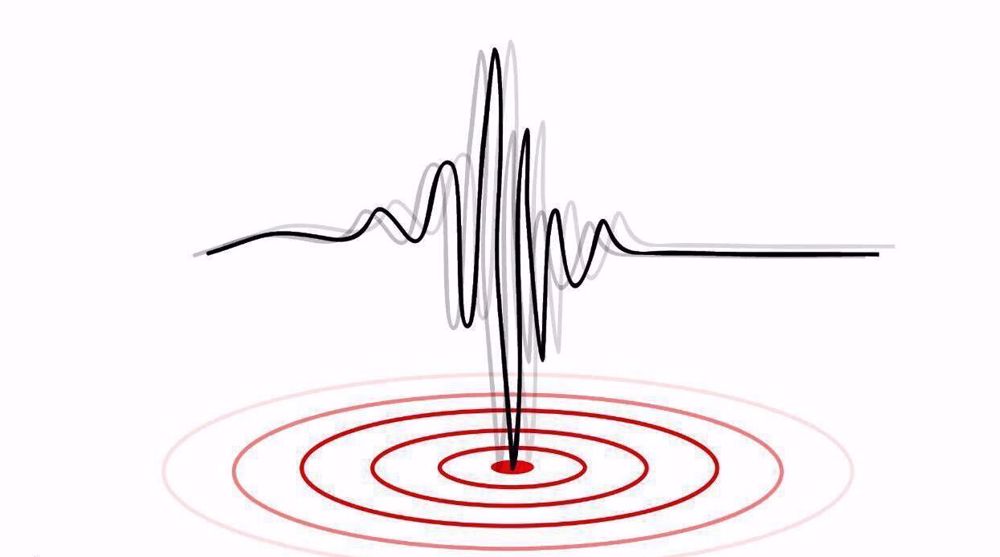Iranian research team finds new method to detect childhood autism
A team of Iranian researchers has developed a new method, which takes advantage of an algorithm to detect child patients with autism using eye blinking.
According to a report released on the website of Iranian Vice-Presidency for Science and Technology, Iranian researchers at Shahid Beheshti University’s Institute for Cognitive and Brain Science have developed a new algorithm to distinguish patients with Autistic Spectrum Disorder (ASD) from Typically Developed (TD) children based on their eye blinking patterns.
In the new method, researchers can program a computer to detect whether children display signs of autism with high accuracy. This method will make way for early detection of autistic subjects and enable doctors to teach children how to counter the behavioral limitations that autism imposes on them, thus, allowing these children to act more normally as they grow up.
The Iranian research team comprising Dr. Hamidreza Pouretemad, who heads the Institute for Cognitive and Brain Science, and his colleagues Dr. Kourosh Parand and Jamal Amani-Rad, believes that the relationship between eye blinking and cognitive state, along with the effect of eye blinking on cognition in real life, has not received due attention in contemporary research studies. As a result, data on eye movements and cognitive processing of eye blinking have been commonly discarded in most experimental studies.
According to the report, the new algorithm developed by Iranian researchers can help families to detect this disorder earlier and help their children even before they are three years old, which is the common detection age for autism.
The new research focuses on the temporal pattern of eye blinking during face processing task in children with autism disorder compared to the typically developed children. The results show that the pattern of eye blinking of autistic children can be used to detect these children at an earlier stage.
The rate of autism has increased sharply in the past decades. Of course, there is no consensus on the real prevalence of autism among children and available estimates point to about 100 cases out of a population of 10,000.
More than 30,000 Iranians younger than 19 years old are expected to suffer from autism, which is characterized with partial and complete impairment in social interaction and language learning, impaired verbal and non-verbal communications, impaired social perception, and repetitive behaviors.
VIDEO | Iran-Syria: For Resistance
Qassam Brigades claims killing 3 Israeli troops in northern Gaza
More alive than ever: Sayyed Hassan Nasrallah's legacy grows stronger in martyrdom
Occupation of Syria’s highest peak Mount Hermon part of ‘Greater Israel’ project
Iran: Syrian people will decide their future without foreign interference
IRGC says Iran’s power exceeds borders, warns enemies to adjust themselves
Dozens detained, several wounded in Israeli raids in West Bank
‘Ethnic cleansing’: Hamas blasts Israeli attacks on Gaza hospital amid intl. silence










 This makes it easy to access the Press TV website
This makes it easy to access the Press TV website